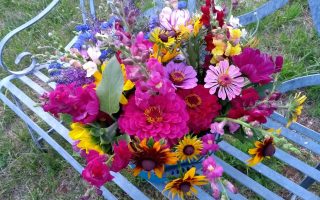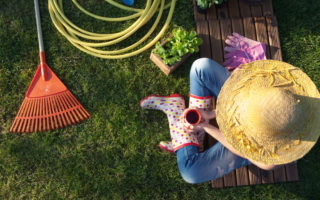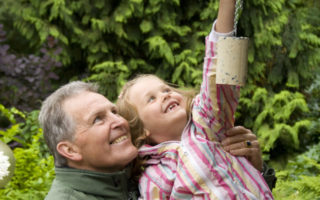Green roofing – what are the benefits?
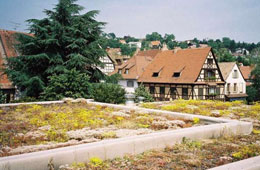

There are numerous good reasons for considering the landscaping of flat roofs. To start with it offers an effective and practical use of space, whilst helping to sustain and replace lost habitats in the process.
Ecological
Living roofs provide fresh areas for the local ecology to thrive in – creating a natural habitat for flora and fauna – a living roof can create a local ecology in which the vegetation will establish and provide a home for aphids and invertebrates.
Aiding biodiversity – the provision of a healthy habitat in a place that would otherwise be empty provides support for the natural colonisation of locally arising plants, birds and small animals, encouraging a wider spread of species in the area.
Environmental
Storm water management – landscaping with a green roofing system will help to reduce the risk of flood by retaining large proportions of annual rainfall and reducing rainwater run-off. As the volume of water retained is dependant upon the depth of substrate utilised in the landscaping, the greater the depth, the more water is held back on the roof.
Environmental masking – this assists in blending the building into its surroundings and in part replaces the permeable land surface otherwise lost to the construction.
Improved air quality – the vegetation assists in reducing both gaseous pollutants and dust particles by removing them from the immediate environment. Additionally, the natural evaporation of water from the plants and soil helps to cool and humidify the air, so lowering the ambient temperature and reducing the heat island effect.
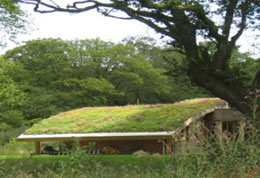 Photosynthesis – This is part of a plants’ living process whereby they actively convert carbon dioxide to oxygen. Independent research suggests that, under maximal conditions, each square metre of single leaf surface on an established extensive type planted roof, with a 12 hour day length is estimated to take up (0.3024 x 48) 14.51g of Carbon dioxide and release (0.3024 x 32) 9.68g of oxygen a day.
Photosynthesis – This is part of a plants’ living process whereby they actively convert carbon dioxide to oxygen. Independent research suggests that, under maximal conditions, each square metre of single leaf surface on an established extensive type planted roof, with a 12 hour day length is estimated to take up (0.3024 x 48) 14.51g of Carbon dioxide and release (0.3024 x 32) 9.68g of oxygen a day.
Improving thermal insulation – the thermal mass of the substrate provides additional insulation for the building. Whilst this may offer only minor energy savings in the winter, a much more significant saving will be secured on buildings which are air conditioned in the summer months.
Financial
Reduced carbon footprint through lowering building running costs – the thermal insulation on the building is improved providing a more balanced temperature within. This eases heating costs in the winter and air conditioning expenses during the summer.
Reduced construction costs – depending on the landscaping selected, the following may be achieved; no requirement for screed on the deck so reducing the overall weight imposed, fewer rainwater outlets, decreased rainwater drainage system capacity.
Increased life expectancy – research has shown that when protected by landscaping, the life expectancy of waterproofing membranes are substantially increased and can last the estimated design life of the building.
Aid to planning consent – many Local French Authorities favour planning proposals that incorporate green roofs within the application, particularly if it meets their policies towards providing a sustainable environment.
Developing another dimension – the roof is an under-utilised development asset, which can be utilised for a number of purposes, including leisure, and offers a unique potential for replacing the land lost to the footprint of the building.
Find out about authorised green roofing systems available in France and how to obtain eventual subsidies and fiscal advantages
•With thanks to Elaine Jarvis
Share to: Facebook Twitter LinkedIn Email
More in garden, heating, land, renovation, summer
By FrenchEntrée
Leave a reply
Your email address will not be published. Required fields are marked *

